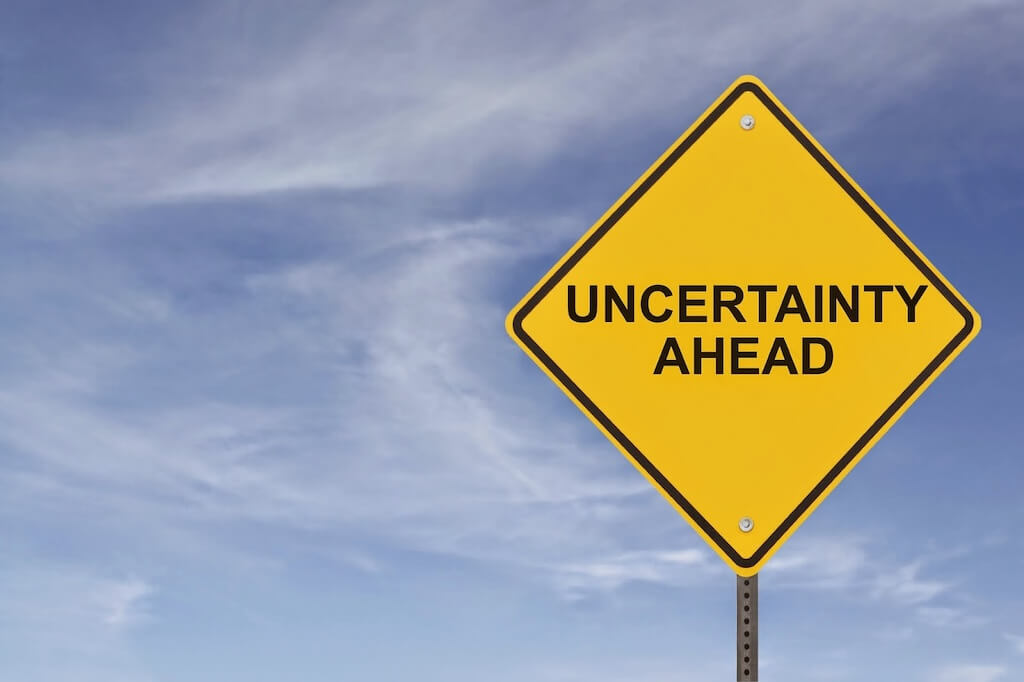The Stoic Dance with Uncertainty

In the heart of ancient Athens, a young man named Zeno stood at a crossroads. A wealthy merchant by trade, he had lost everything in a shipwreck, finding himself adrift in a city far from his homeland, with nothing but his thoughts and the clothes on his back. This moment of utter uncertainty could have driven him to despair. Instead, it became the catalyst for the birth of a philosophy that would shape the lives of countless individuals across millennia: Stoicism.
Zeno’s story is one of resilience in the face of the unknown, and it serves as a poignant reminder of how uncertainty is not a modern affliction but a timeless human experience. The ancient Stoics didn’t just acknowledge uncertainty; they embraced it, weaving it into the fabric of their teachings as a necessary component of a life well-lived.
In today’s world, uncertainty looms larger than ever. We find ourselves constantly bombarded by the unpredictable – be it economic fluctuations, global pandemics, or personal upheavals. Yet, Stoicism offers us a roadmap for navigating these turbulent waters, teaching us that it is not the uncertainty itself that is to be feared, but our response to it.
The Stoic Perspective on Uncertainty
The Stoics understood that uncertainty is an inescapable aspect of existence. As Epictetus famously said, “It’s not what happens to you, but how you react to it that matters.” This insight is profoundly liberating. It shifts the focus from external events, which are beyond our control, to our internal world, where our true power lies.
Imagine you are standing on the edge of a cliff, looking out over a vast, foggy expanse. The path ahead is unclear, the terrain unknown. For many, this scene would evoke a sense of fear or hesitation. But for the Stoic, this is an opportunity to practice courage, to step forward with the knowledge that while the outcome is uncertain, their ability to navigate it with wisdom and grace is within their grasp.
Embracing Uncertainty in Modern Life
In our daily lives, we often strive for certainty – in our careers, relationships, and even our future plans. But the truth is, certainty is an illusion. The Stoics remind us that by clinging to it, we set ourselves up for disappointment. Instead, we must learn to dance with uncertainty, to move fluidly with life’s unpredictable rhythms.
Consider the modern workforce. Many people today face job insecurity, the gig economy, and the ever-present threat of automation. A Stoic approach would not be to ignore these realities or to become paralyzed by them. Instead, it would be to focus on what can be controlled: developing adaptable skills, maintaining a strong work ethic, and nurturing a mindset that welcomes change as an opportunity for growth.
The same applies to our personal lives. Relationships, no matter how strong, are subject to the whims of fate. A loved one may move away, a friendship may fade, or a new bond may form unexpectedly. Stoicism teaches us to cherish these connections without becoming dependent on their permanence. In doing so, we cultivate an inner resilience that allows us to experience the full richness of life’s relationships, without being devastated by their inevitable transformations.
The Power of Negative Visualization
One of the most powerful Stoic practices in dealing with uncertainty is negative visualization. This exercise involves contemplating the loss of what we hold dear – not to dwell in pessimism, but to prepare ourselves emotionally for life’s inevitable changes. By imagining the worst-case scenario, we strip it of its power to surprise or devastate us. We come to appreciate what we have in the present moment, fully aware that it may not last.
For example, if you’re anxious about a major project at work, take a moment to visualize the worst possible outcome. What if it fails? What if you lose your job as a result? By confronting these fears head-on, you diminish their hold over you. You might realize that even in the worst-case scenario, you have the strength and resources to rebuild and move forward.
The Dance of Life
Ultimately, Stoicism doesn’t teach us to seek out uncertainty or to revel in chaos for its own sake. Rather, it encourages us to find our footing within it, to learn the steps of life’s dance even when the music changes unexpectedly. It’s about embracing the fact that life is not a static journey but a dynamic, ever-changing experience.
So, as you move through your day, remember that uncertainty is not the enemy. It’s a dance partner – sometimes leading, sometimes following, but always challenging you to stay present, to adapt, and to grow. By adopting a Stoic mindset, you can turn what might seem like life’s greatest adversary into one of its greatest teachers.
Let the dance begin.